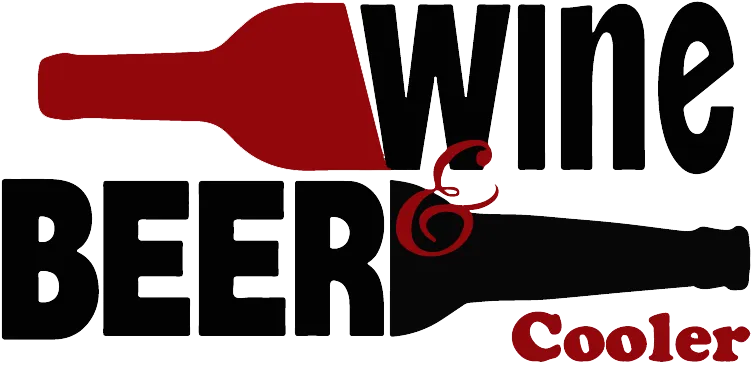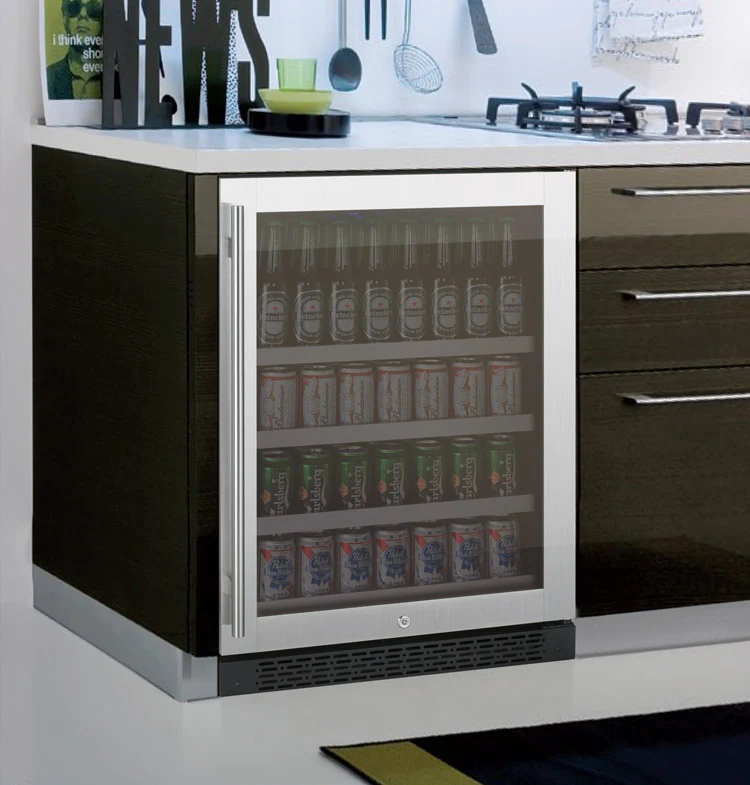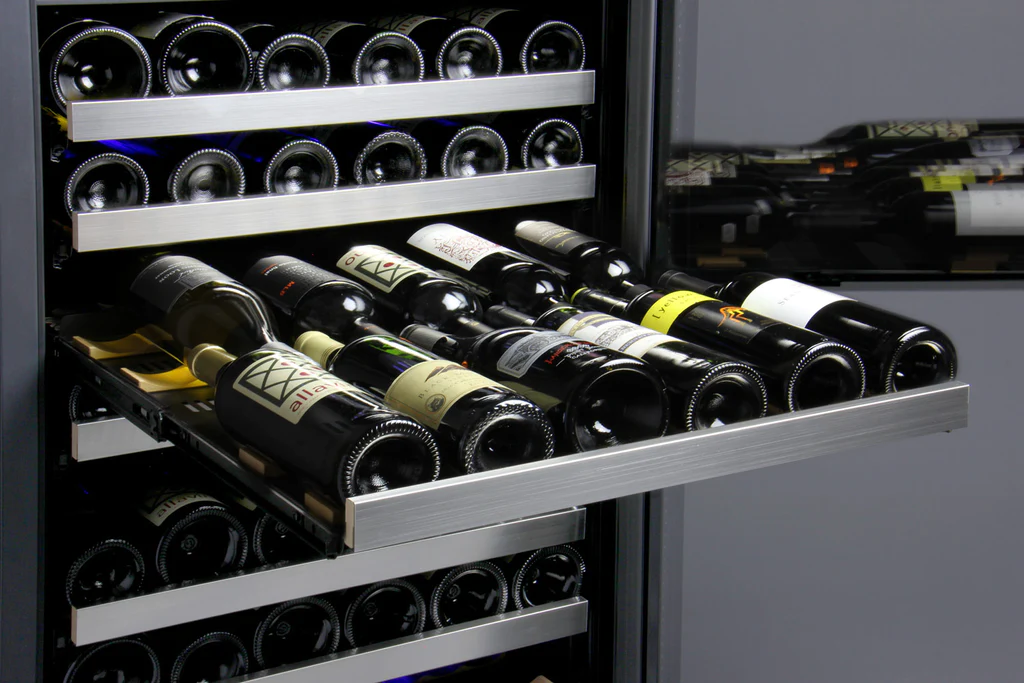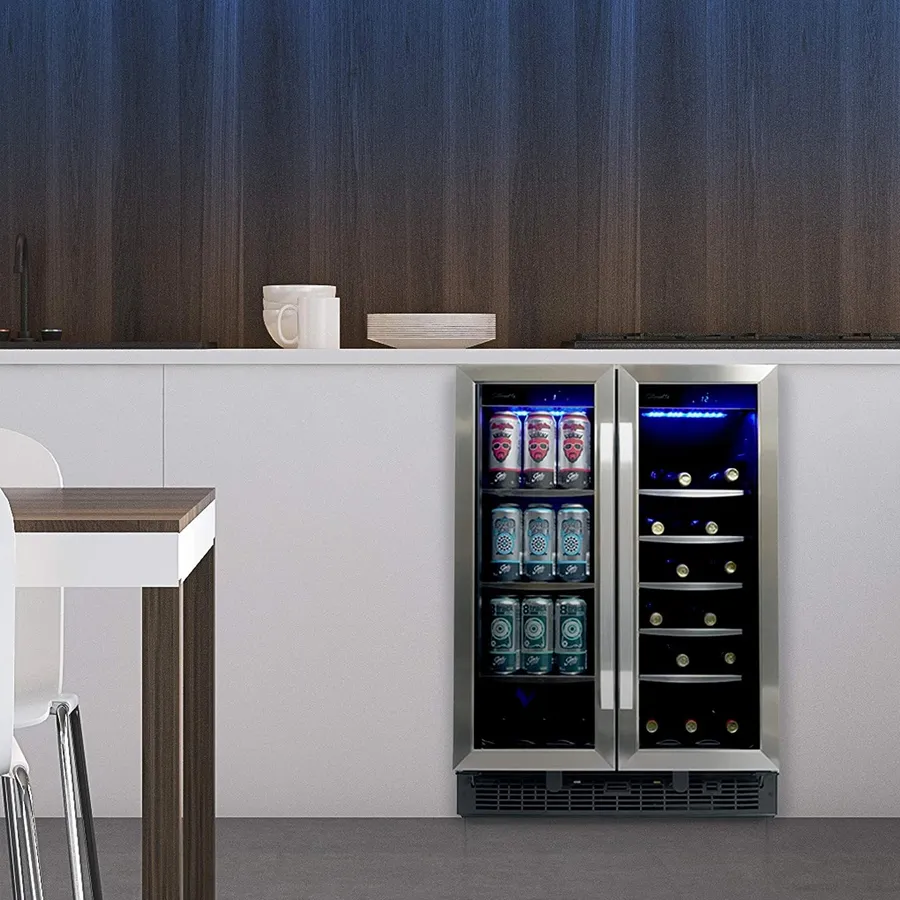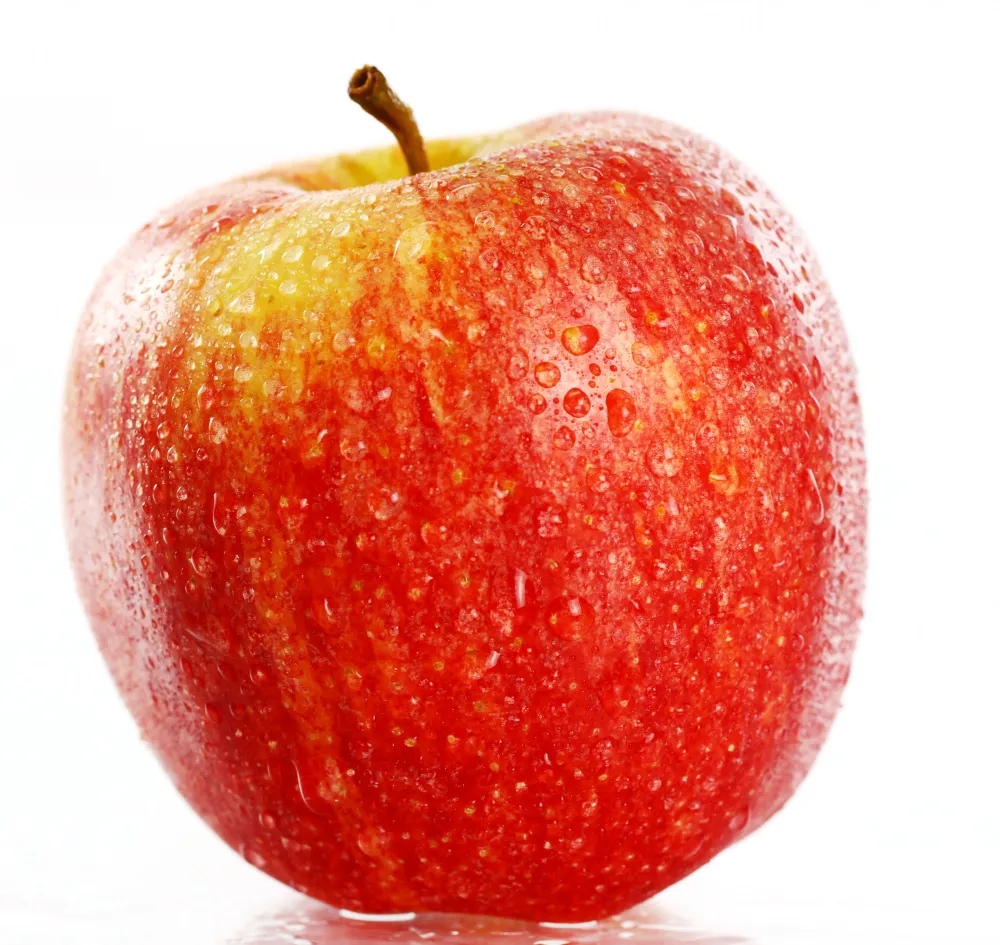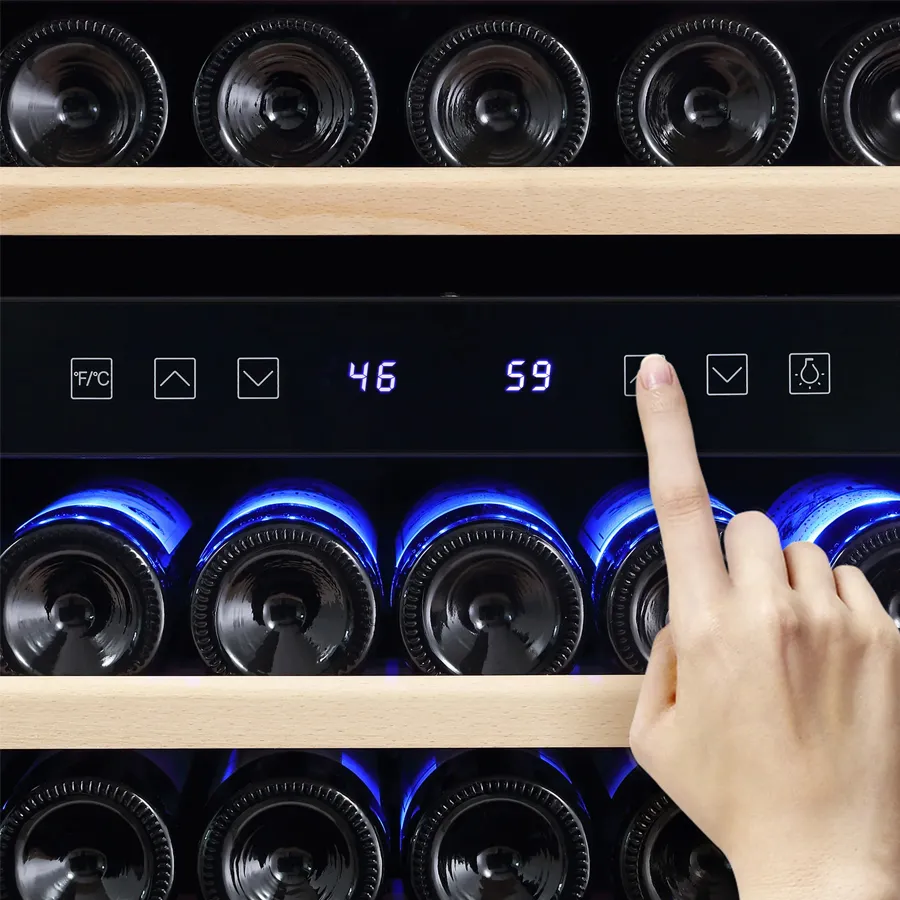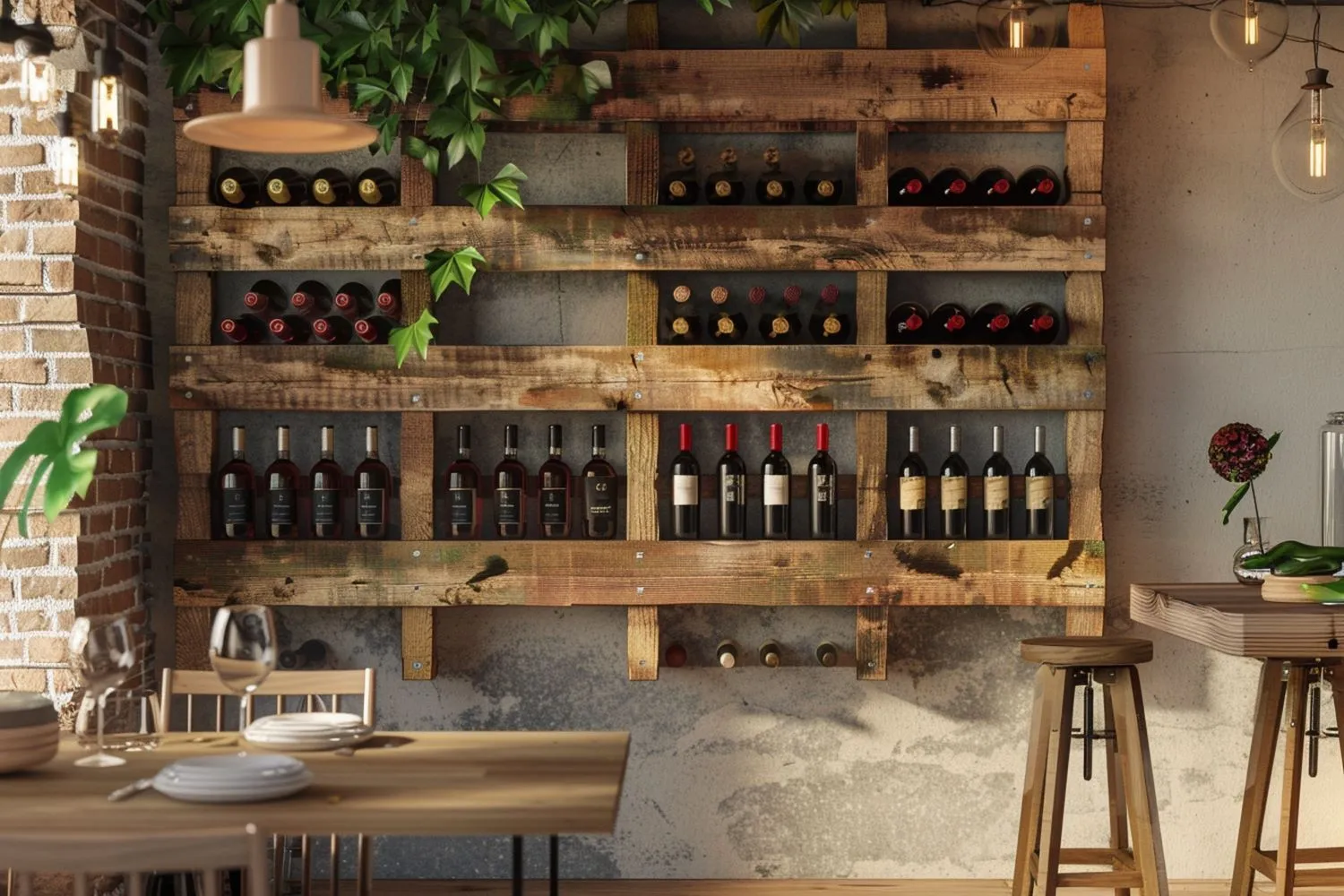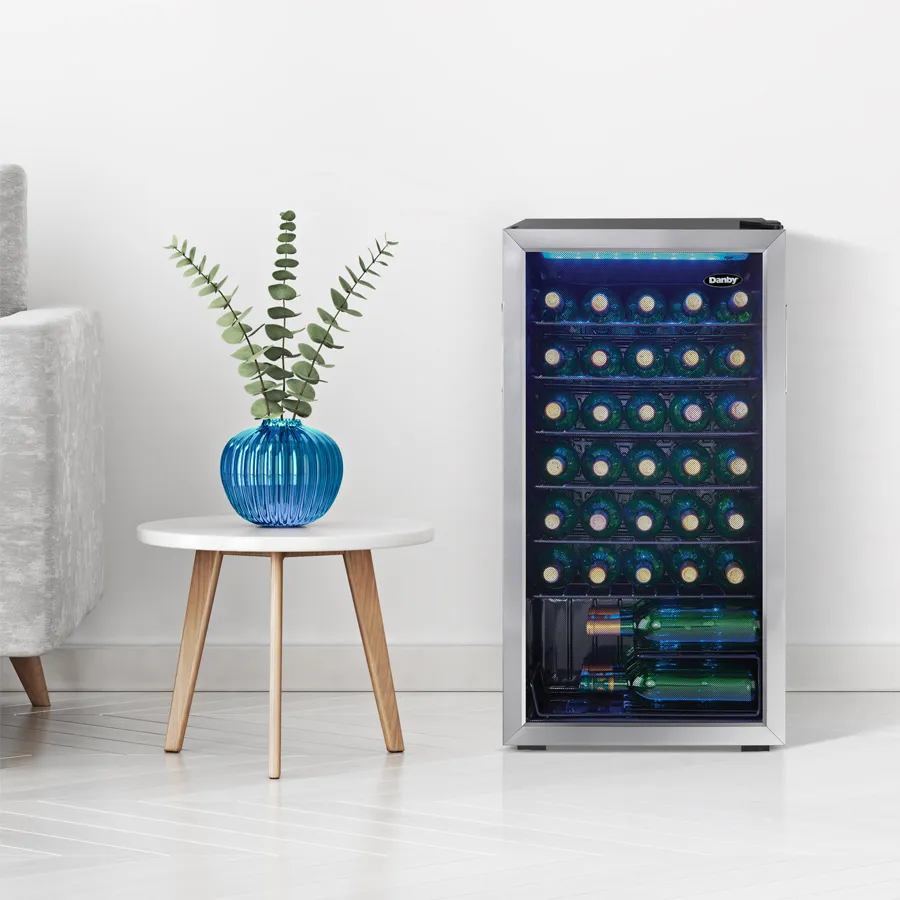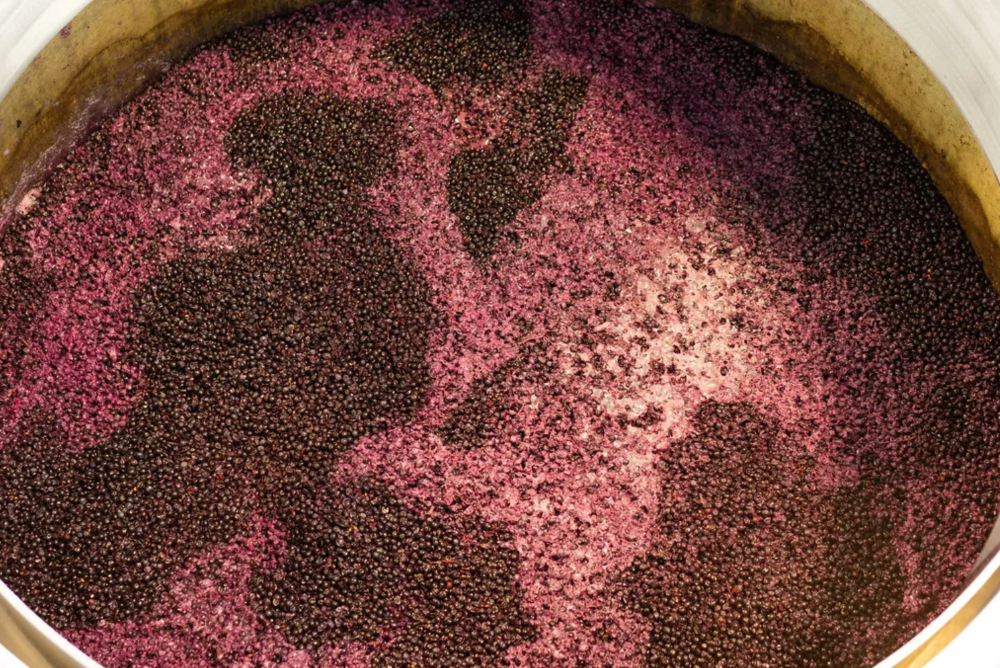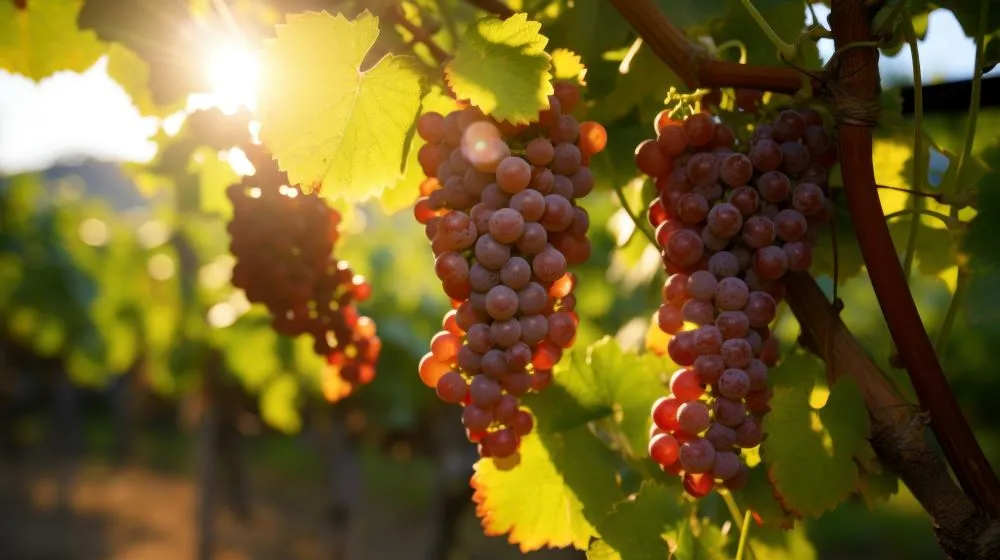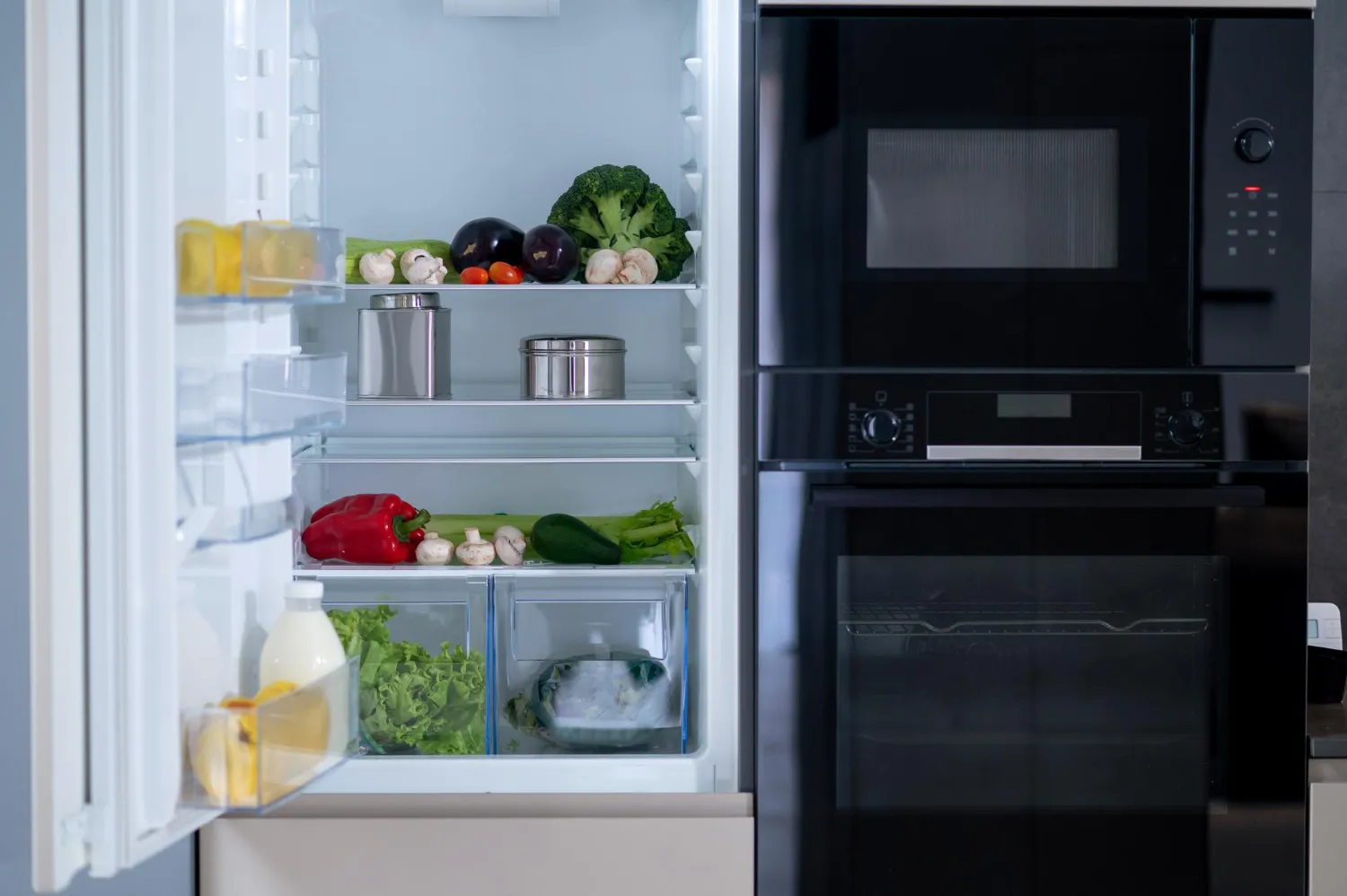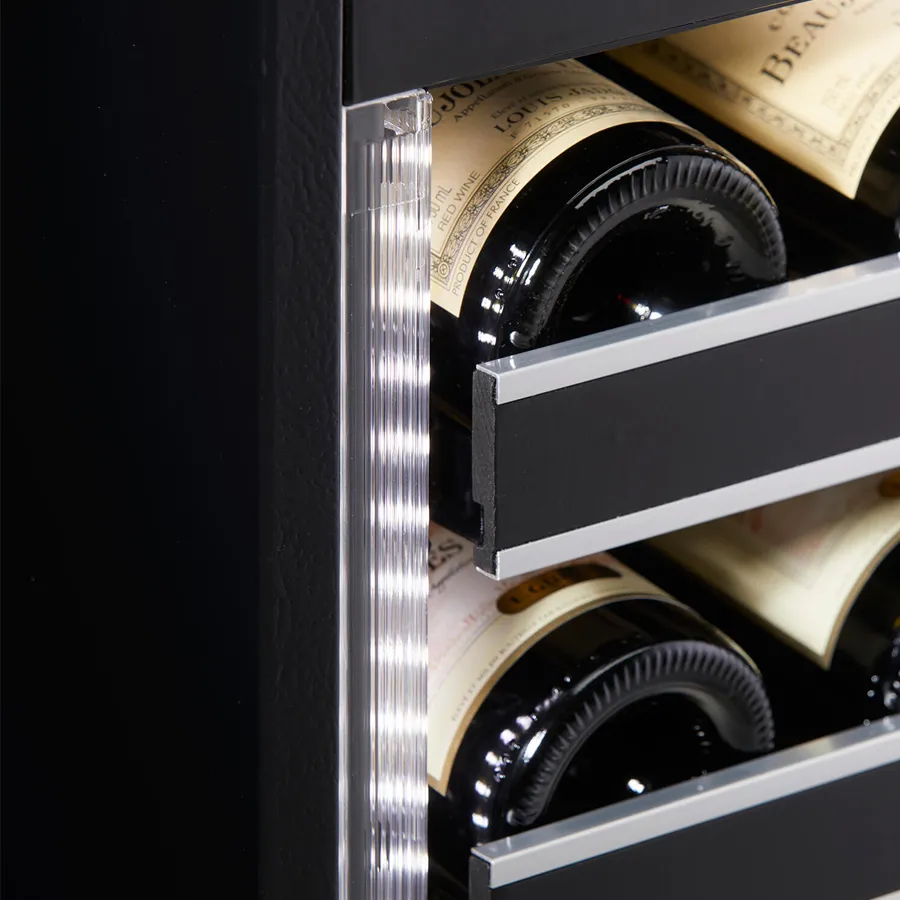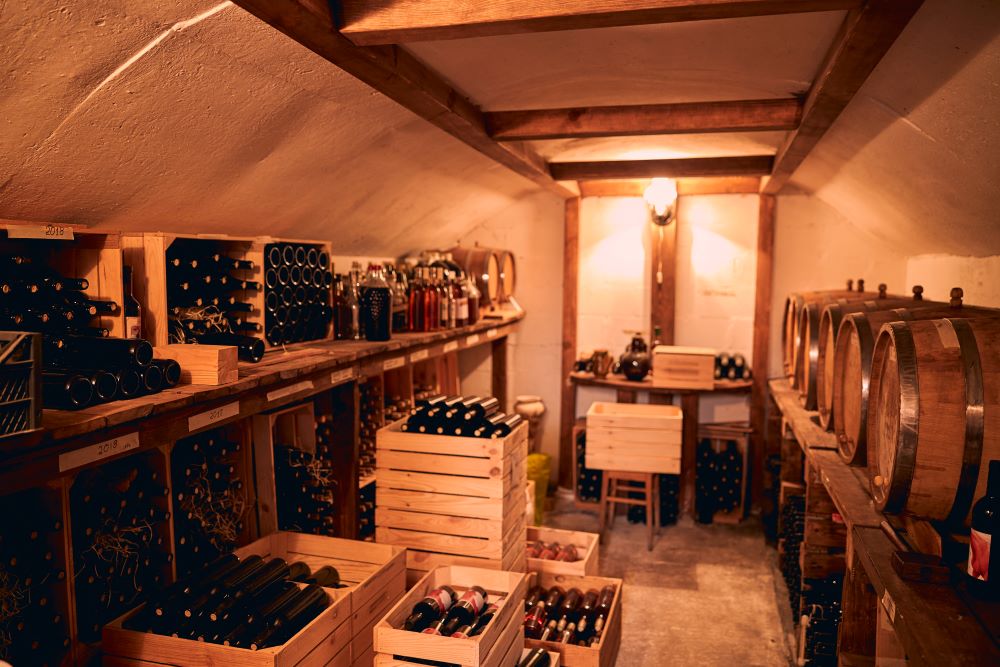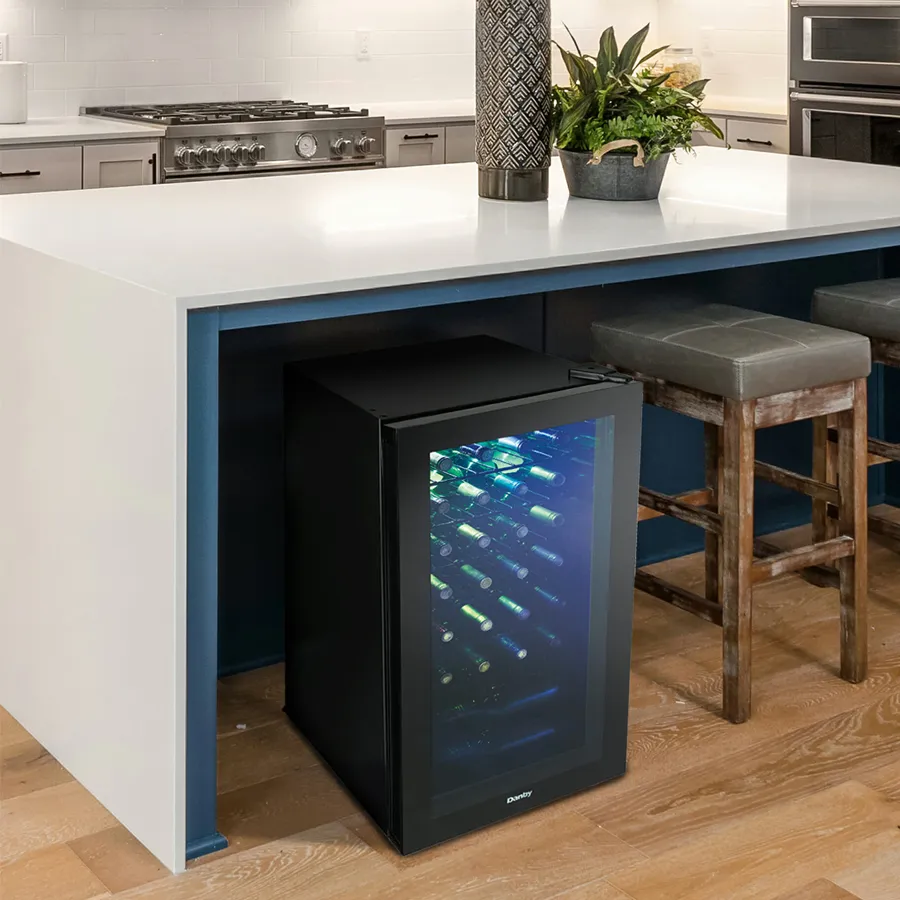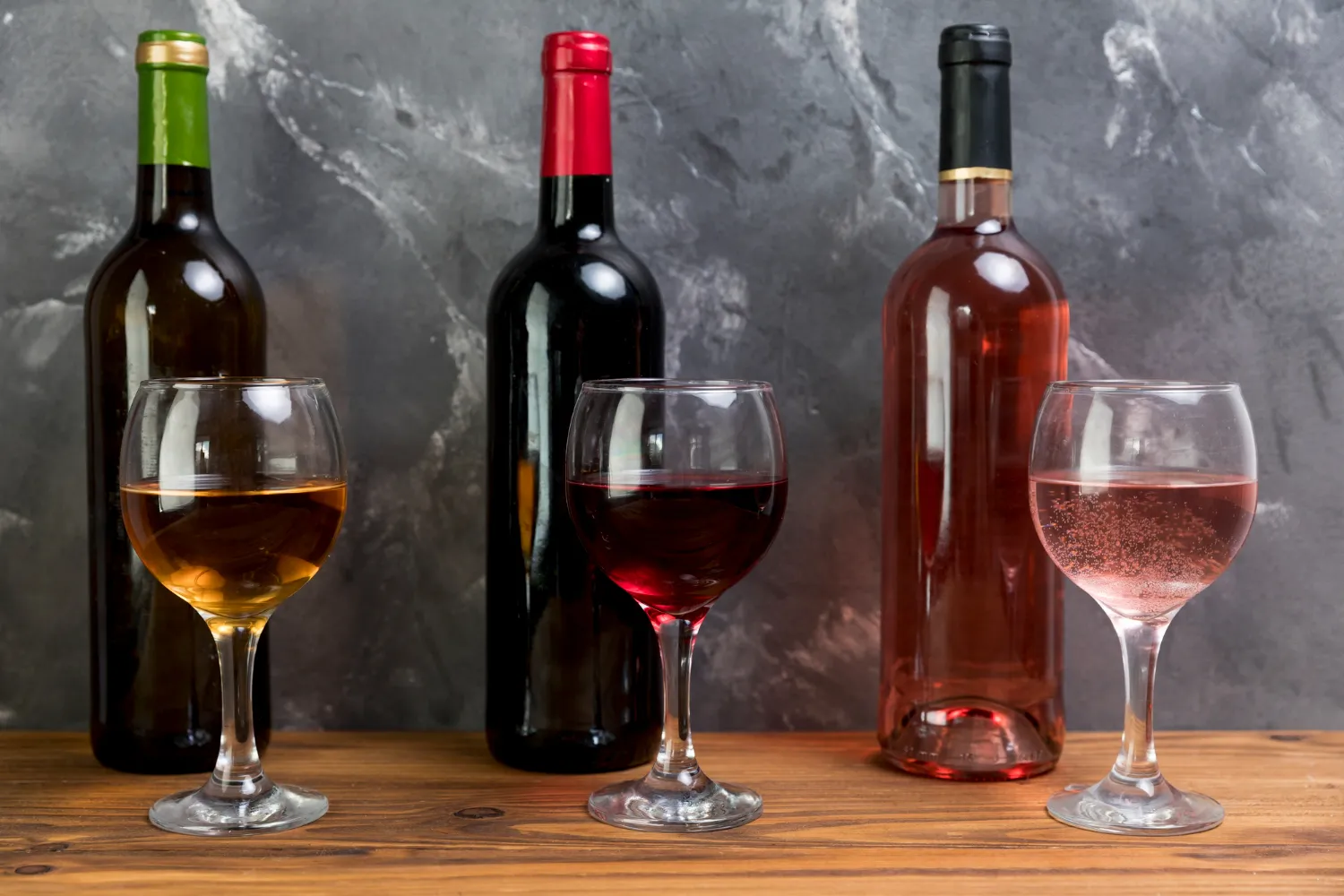Because wine needs to be kept at a specified temperature and humidity level, a wine cooler is a great appliance for wine lovers and collectors. However, many individuals are curious about the electricity requirements of a wine cooler and the subsequent impact on their regular electricity bill. In this article, we will explore the factors that influence the electricity consumption of wine coolers, how to calculate their energy usage, and provide tips for optimizing energy efficiency. So, if you’re ready to uncork the knowledge, let’s dive in!
About Energy Consumption Factors:
By understanding the factors that contribute to the energy consumption of a wine cooler, you can make informed decisions on how to optimize its usage while managing your electricity bills. Here are some key elements to consider:
- The size and type of the wine cooler
- The temperature settings and frequency of door opening
- The energy efficiency rating of the appliance
- The ambient temperature and location where the wine cooler is placed
Recognizing these factors will allow you to assess and control the energy consumption of your wine cooler effectively.
About Wine Cooler Electricity Usage
Multiplying the average hourly energy consumption by the number of hours the wine cooler is on each day and then by the number of days in a month will give you a rough approximation of the monthly energy usage.
Example: The electricity used by your wine cooler daily would be 1 kilowatt-hour (kWh) if it ran for 10 hours at 100 watts per hour. The monthly energy consumption is 30 kWh if it runs for 30 days. And wine cooler operating costs are relative to local electricity rates. In the United States, the price of electricity is roughly 13 cents per kilowatt-hour (kWh). At this rate, it would cost about $3.90 to power a wine cooler for a month, assuming it uses 30 kWh of electricity.
On average wattage for different capacities of wine coolers:
- 24-bottle wine cooler: A 24-bottle wine cooler typically consumes around 80 to 120 watts of power when actively cooling.
- 36-bottle wine cooler: A 36-bottle wine cooler generally uses approximately 100 to 150 watts of power during operation.
- 54-bottle wine cooler: A 54-bottle wine cooler typically requires around 120 to 180 watts of power to cool your wines effectively.
- 108-bottle wine cooler: A 108-bottle wine cooler typically consumes about 150 to 250 watts of power to maintain the desired temperature for a larger wine collection.
- 200+ bottle wine cooler: Wine coolers with a capacity of 200 bottles or more may have varying power requirements. The wattage for these larger wine coolers can range from 200 to 350 watts or higher, depending on the specific model and features.
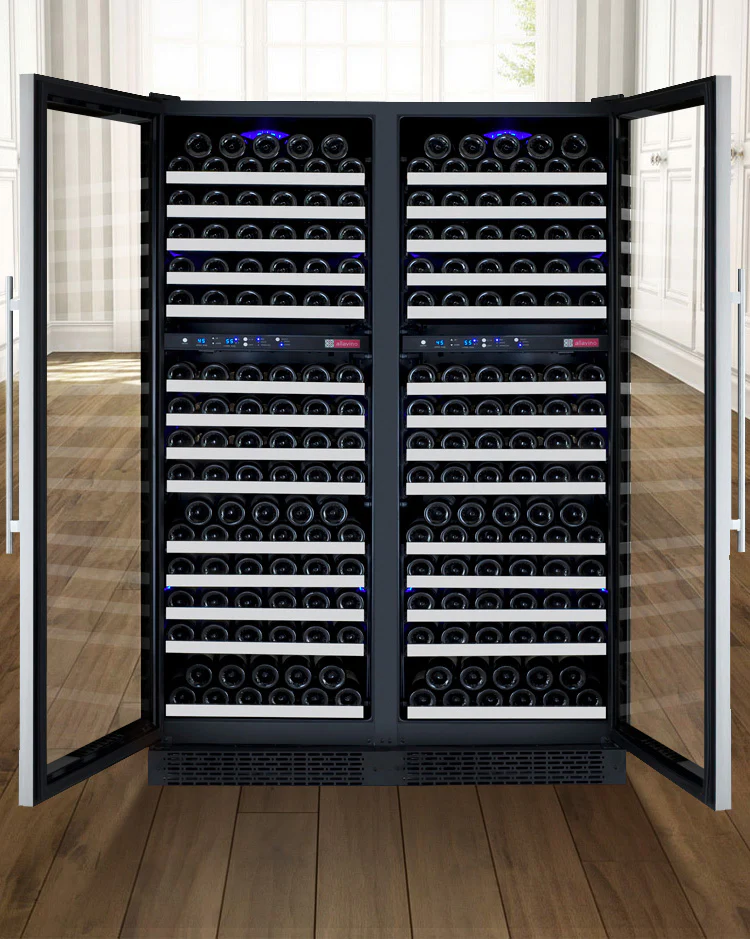
The wattage for these larger wine coolers can range from 200 to 350 watts or higher
Comparisons and Considerations Electricity Usage To Other Household Appliances
Below is a table comparing the electricity usage of a wine cooler to various household appliances.
| Appliance | Approximate Energy Usage (kWh) |
| Wine Cooler | 150-350 kWh/year |
| Refrigerator | 400-800 kWh/year |
| Dishwasher | 300-700 kWh/year |
| Washing Machine | 200-500 kWh/year |
| Coffee Maker | 300-600 kWh/year |
Tips for Lowering Wine Cooler Electricity Usage
Choose Energy Star Products:
Knowing the energy efficiency rating of your wine cooler is essential if you want to successfully reduce its energy use. Keep an eye out for energy-efficient wine coolers, denoted by labels like ENERGY STAR. Regulatory agencies provide these ratings so that consumers can make educated purchases of energy-efficient products. Investing in a wine cooler with a high energy efficiency rating is a win for your wallet and the planet.
=> You can learn more here: https://www.energystar.gov/products/how-product-earns-energy-star-label
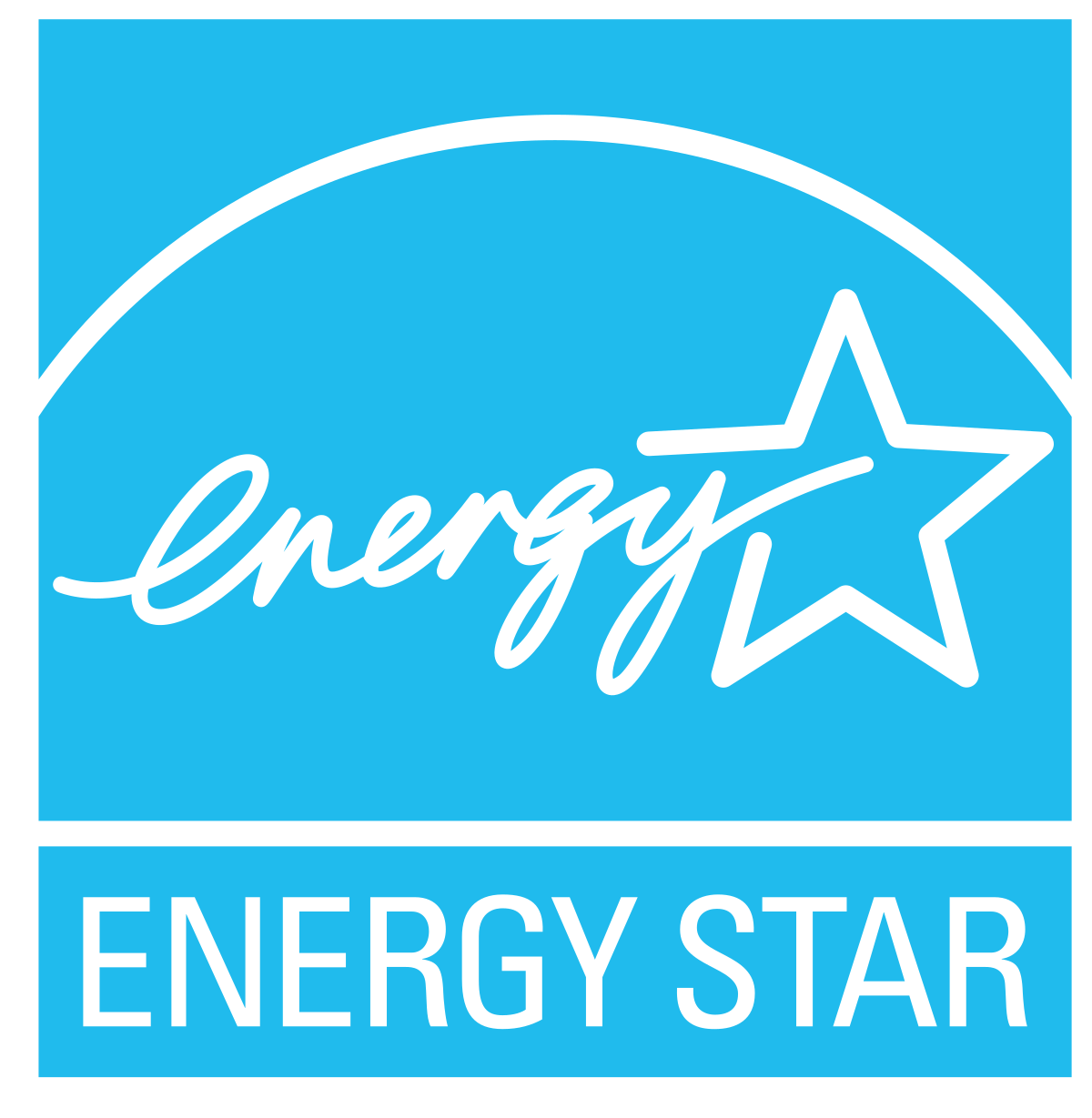
Choose Thermoelectric Cooling Systems:
Thermoelectric wine coolers are an excellent alternative to traditional compressor-based coolers. These coolers use a solid-state cooling mechanism that consumes less energy and operates silently. Although they may have limitations in terms of temperature range and cooling capacity, they are a save-energy and eco-friendly option worth considering.
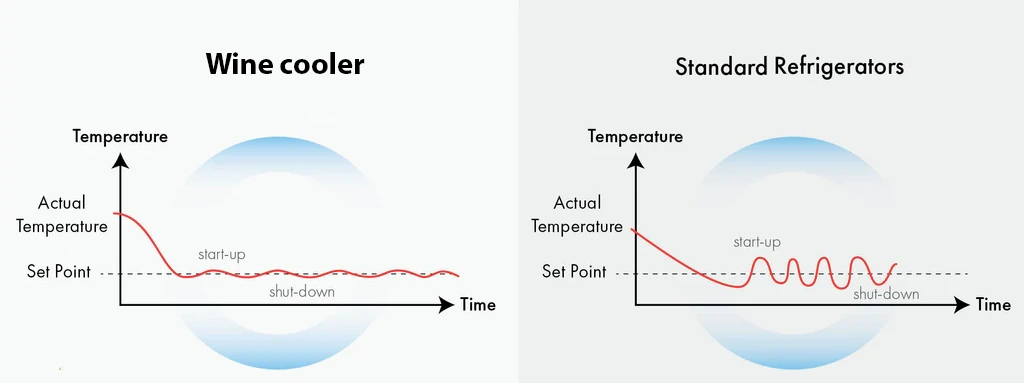
Thermoelectric Cooling use a solid-state cooling mechanism that consumes less energy and operates silently.
Set the Temperature Correctly
Make sure your wine cooler is at the right temperature for the wine you’re storing. The ideal temperature for storing wine can be found either in the wine cooler’s handbook or by consulting a wine expert. Energy costs will rise if the cooler is kept colder than necessary.
=> Related Article: What Is The Ideal Temperature For Wine Cooler
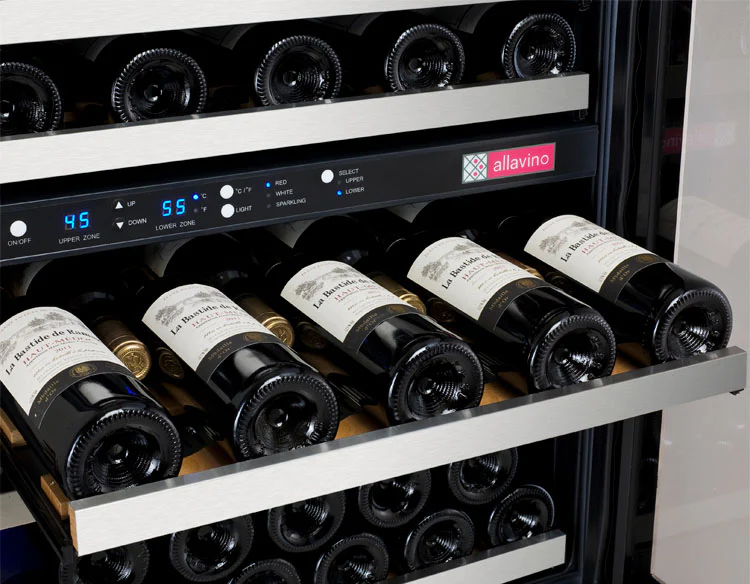
Keep Away from Heat Sources:
Avoid placing your wine cooler near heat sources such as direct sunlight, stoves, or ovens. Heat sources can cause the wine cooler to work harder to maintain the desired temperature, leading to increased energy consumption. Find a cool and well-ventilated area to keep your wine cooler. Heat can cause the wine cooler to overwork, as the internal temperature will rise and the cooling system needs to counteract it to maintain the desired temperature. This causes the system to draw more power, making it less energy efficient and potentially damaging the cooling system.
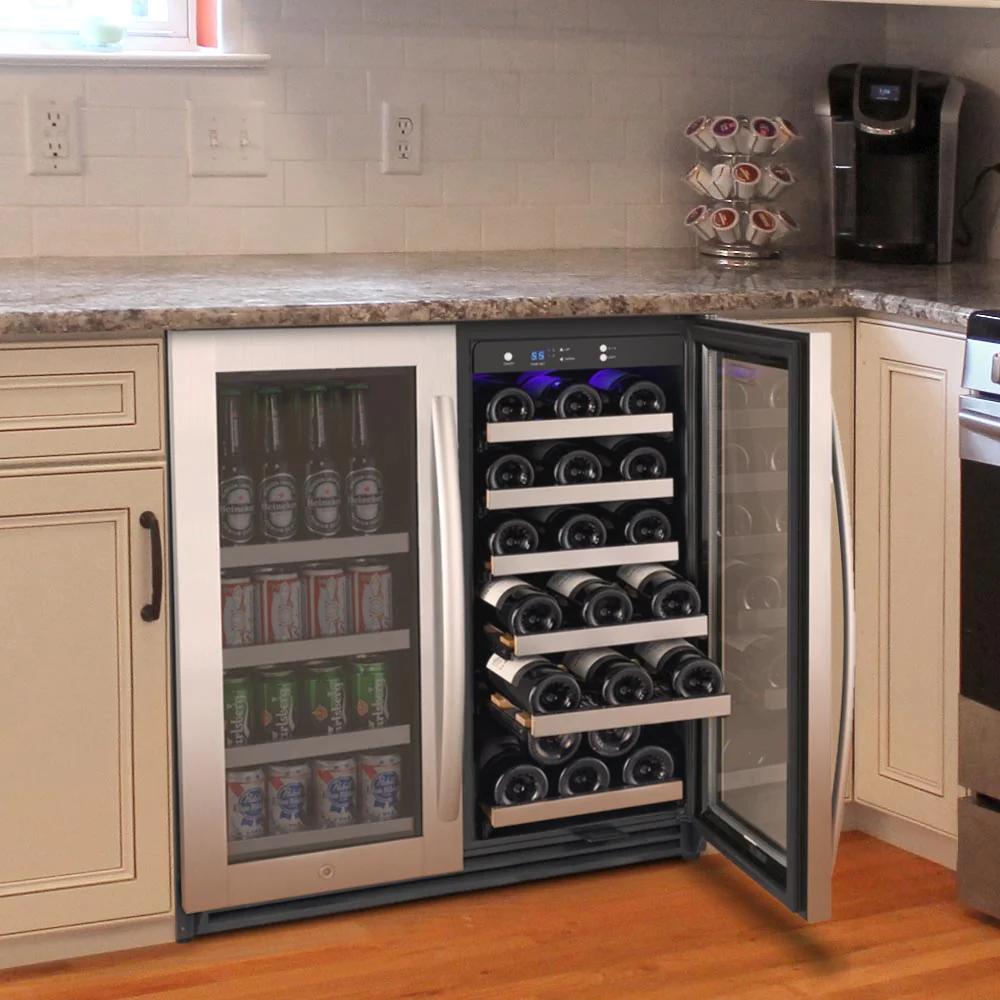
Avoid placing your wine cooler near heat sources such as direct sunlight, stoves, or ovens
Keep the Door Closed:
When you open the door to your wine cooler, hot air from the outside is drawn in, and the cool air is allowed to exit. As a result, the cooler has to work more to keep everything at the right temperature. Keep the door closed as much as possible to save on energy costs. You can view what’s inside the cooler without ever opening it if you buy a wine cooler that has a glass door.
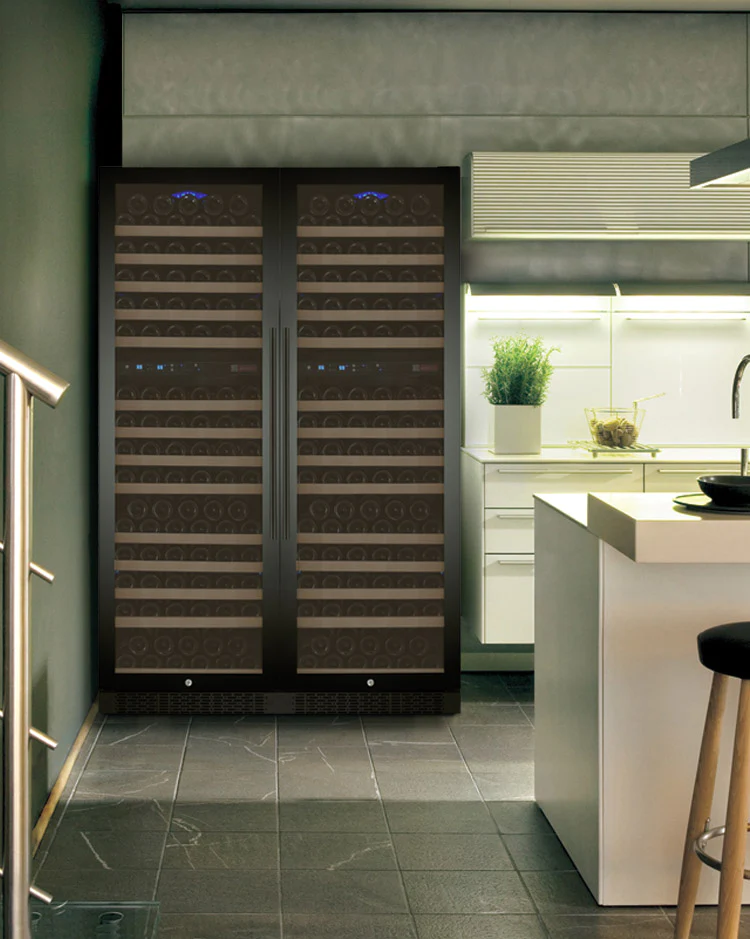
Make sure to keep the door of your wine cooler closed as much as possible
Check Door Seals:
Keep an eye on the door seals to make sure they’re still doing their job. Over time, the seals can become damaged or worn out, which can create gaps where cold air can escape and warm air can enter. This can cause the wine cooler to work harder to maintain the proper temperature, as it will have to continuously cool the air inside to keep it at the desired temperature. That is Why the Door Seals of your wine cooler should be inspected frequently and cleaned if dirty.
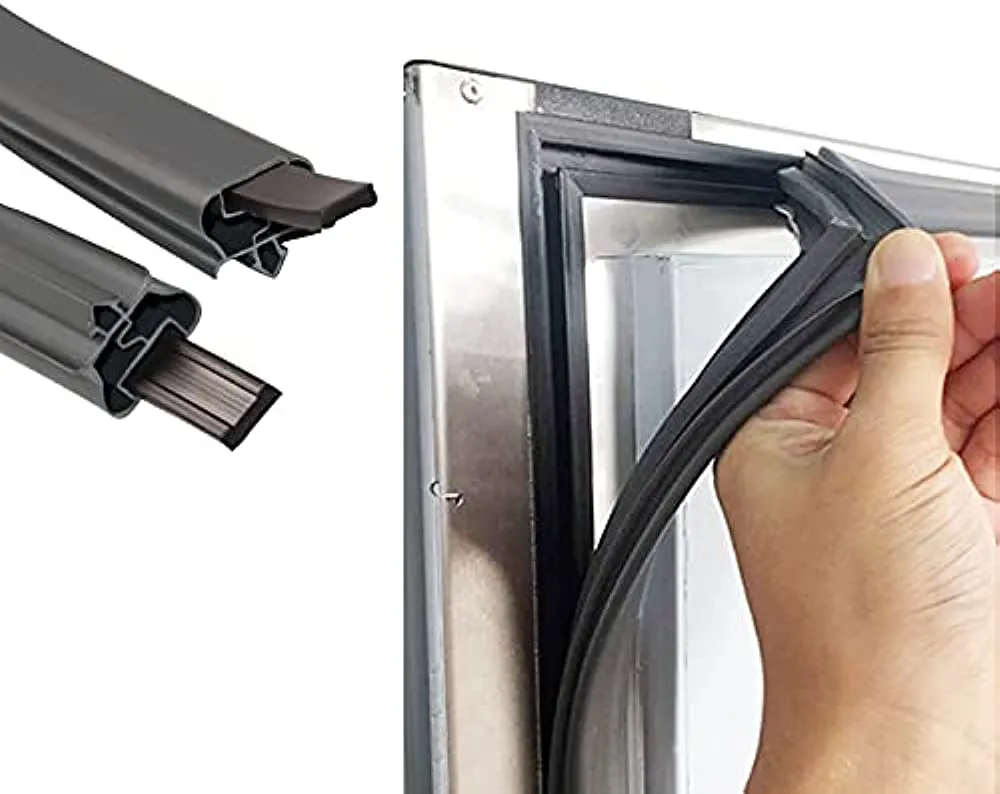
Inspect the door seals regularly to ensure they are in good condition and provide a tight seal.
Avoid Overstocking:
Never overstocking your wine cooler above its maximum capacity. If there are too many bottles in the wine cooler, airflow is impeded and temperatures aren’t distributed evenly. This may cause the cooler to use more energy than necessary to keep the set temperature. Make an accurate inventory of your wine and make sure it will fit in the cooler without squeezing.
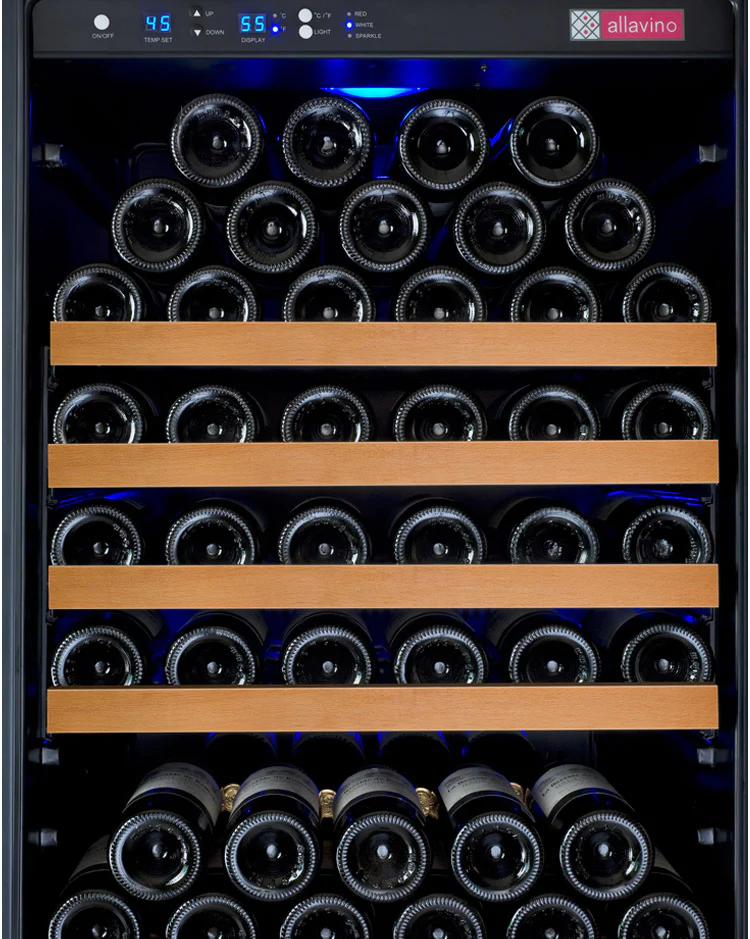
Overcrowding the cooler can obstruct airflow and lead to uneven temperature distribution.
Use LED Lighting:
If your wine cooler has internal lighting, consider switching to LED lights to save money and energy. LED lights are more efficient overall and put less strain on the cooler system of your wine fridge because they generate much less heat.

LED lights consume significantly less energy and produce less heat, reducing the workload on the cooling system.
Can I Turn Off My Wine Cooler For Saving Energy?
It is not recommended to turn off your wine cooler completely when not in use. Wine coolers are designed to maintain a stable temperature for wine storage. When turning it off can result in temperature fluctuations that can compromise the quality of your wines. Moreover, the temperature fluctuations can cause the cork to expand and contract, which can allow air to enter the bottle and spoil the wine. It can also lead to oxidation of the wine, which can drastically alter the flavor and aroma. Therefore, it is best to leave your wine cooler running at all times to ensure the best storage conditions for your wines. And instead, follow the tips mentioned above to optimize its energy efficiency.

is not recommended to turn off your wine cooler completely
You should now have a firm grasp on the precise amount of kilowatt-hours (kWh) required to power a wine cooler. When shopping for a wine cooler, keep in mind that most models use between 150 and 350 kWh annually in energy. Wine coolers can have a significant impact on your monthly power bill, but you can reduce this cost by picking an energy-efficient model and taking care of it properly. If you want to know how much energy anything uses, it’s best to check the manufacturer’s specifications.
